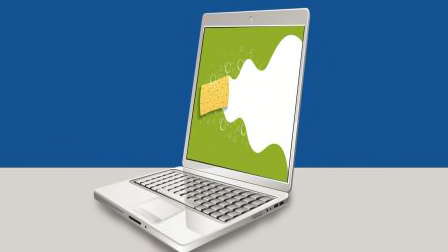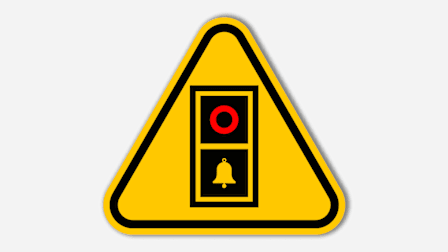Don't Worry About Using Apple's NameDrop Feature. It's Safe—and Convenient.
Some police departments say NameDrop makes it too easy to share contact info with other iPhone and Apple Watch users, but the risks are minimal

Apple’s new NameDrop feature allows iPhone and Apple Watch users to easily share contact information by simply holding their phones or watches close together. Released in the latest operating system updates (iOS 17.1 and watchOS 10.1), NameDrop has sparked a flurry of concern, and even official warnings from local police departments, about potential security risks. Could a stranger place a phone near yours and steal your contact information?
The short answer is no, there’s no real reason to worry. While it’s never a bad idea to exercise caution when it comes to digital privacy, Apple has built-in protective features that make it difficult for a stranger to either send or grab contact information without your consent. Here’s how NameDrop works, how to use the feature safely, and how to turn it off entirely, if you’d prefer.
How Does NameDrop Work?
First, a quick tutorial. To swap contact information with another iPhone, hold the two phones close together—just a few centimeters apart at the top—and wait for a ripple effect to appear on the screens. From there, a notification will ask if you’d like to share your phone number or email. Select Share or, if you’d prefer to accept info but not give it out, Receive Only. Once the data has loaded, press Done in the upper left corner of your screen. Presto. Networking in seconds.
Is Apple's NameDrop Feature Safe?
Yes—and here’s why. You have to actively choose to share contact information with another device by manually selecting Share or Receive Only. Simply placing two phones next to each other isn’t enough to complete the transfer. So, no: Strangers can’t nab your information by walking beside you, setting a phone down next to yours at a restaurant, or holding an Apple Watch near yours in a crowded place.
The two devices also have to be very close—just centimeters apart—for a few moments. (Like Apple Pay, the technology uses near field communication, or NFC, not Bluetooth or WiFi.) Moving the phones away from each other immediately stops the NameDrop process. So does swiping up without agreeing to share information.
As another layer of protection, your device also has to be unlocked via a password or a biometric scan to activate NameDrop. The process stops if you lock your phone while sharing. If your iPhone doesn’t have a password set up, do that now. That’s one of the most effective ways to keep all your data secure.
Of course, it’s always good to be cautious about sharing contact information with others—advice worth repeating to children and teens with phones.
How to Turn Off NameDrop
If you’d like further peace of mind, it’s easy to turn off NameDrop entirely. Go to Settings on your phone, then General > AirDrop, and toggle off the Bringing Devices Together option. The NameDrop settings on your iPhone will also be reflected on your paired Apple Watch.
If you’re reluctant to update to iOS 17.1 because of concerns over NameDrop, remember that updates often address new security threats. You’re better off updating and turning the feature off than delaying the update entirely.




















